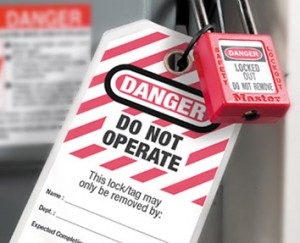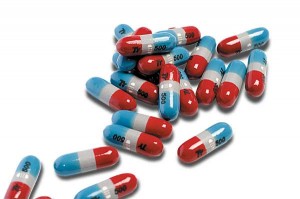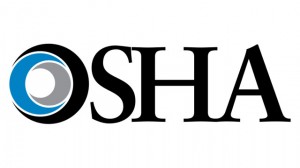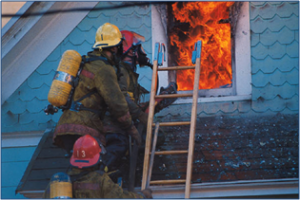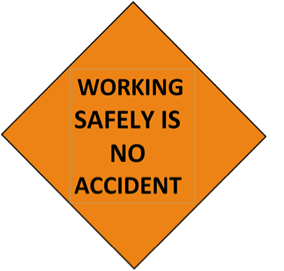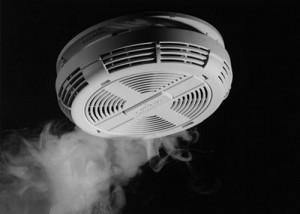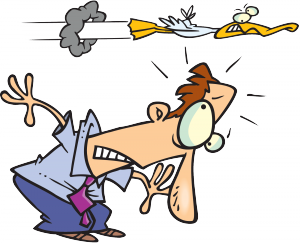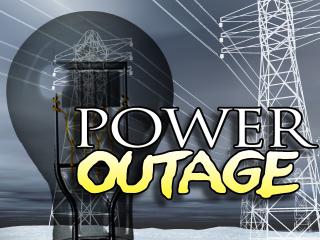 Here are some tips on what to do when the power goes out unexpectedly.
Here are some tips on what to do when the power goes out unexpectedly.
- To prevent carbon monoxide poisoning, use generators, pressure washers, grills, and similar items outdoors only.
- If the power is out longer than two hours, throw away food that has a temperature higher than 40°F.
- Check with local authorities to be sure your water is safe.
- In hot weather, stay cool and drink plenty of fluids to prevent heat-related illness.
- Wear layers of clothing, which help to keep in body heat.
- Avoid power lines and use electric tools and appliances safely to prevent electrical shock.
via CDC | What You Need to Know When the Power Goes Out Unexpectedly.

